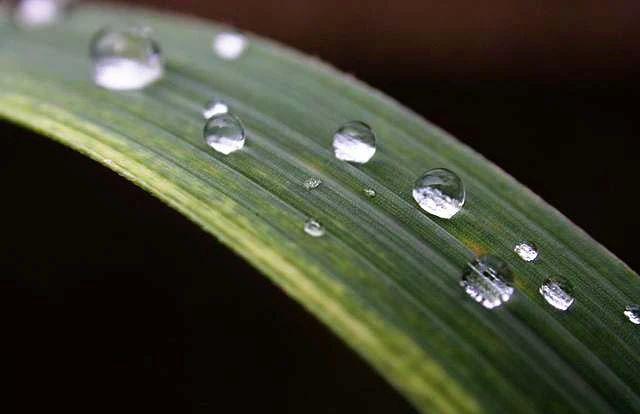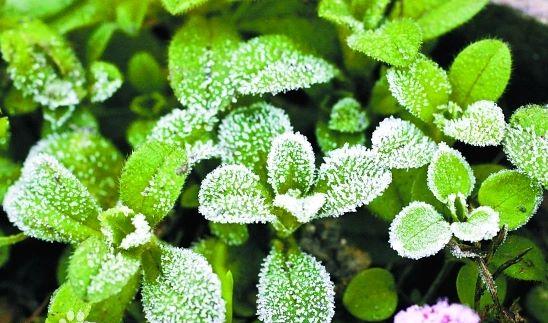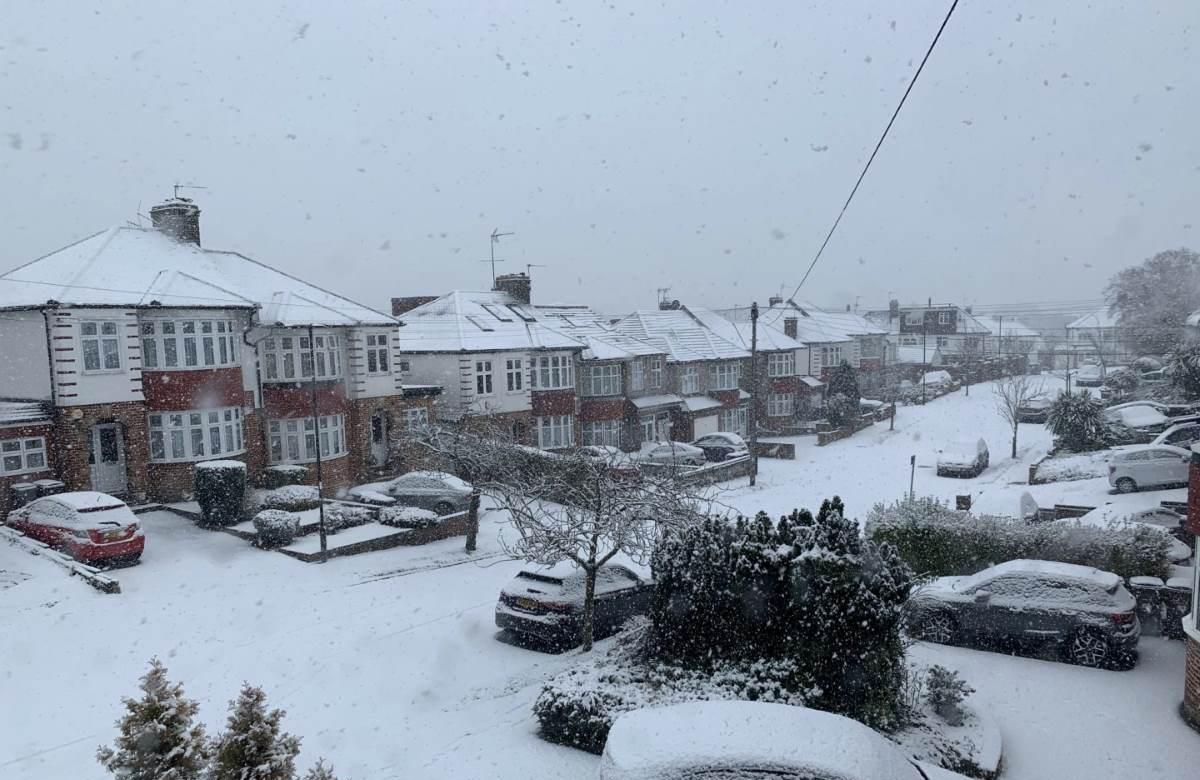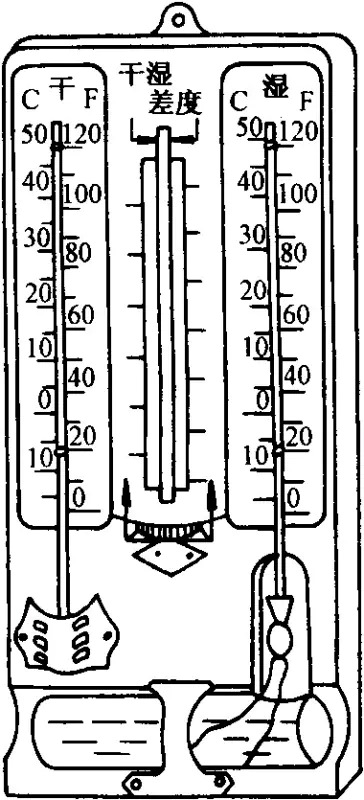November 20, 2024
Temperature and Humidity Terms
Dew Point temperature Td, in the air water vapor content unchanged, maintain a certain pressure, so that the air cooling to reach saturation temperature called dew point temperature, referred to as dew point, the unit is expressed in ° C or ℉. It's actually the temperature at which water vapor and water are in equilibrium. The difference between the actual temperature (t) and the dew point temperature (Td) indicates how far the air is saturated. When t>Td, it means that the air is not saturated, when t=Td, it is saturated, and when t<Td, it is supersaturated.
dew is the liquid water in the air that condenses on the ground. In the evening or at night, due to the radiation cooling of the ground or ground objects, the air layer close to the surface will also cool down. When the temperature drops below the dew point, that is, when the water vapor content in the air is susaturated, there will be condensation of water vapor on the surface of the ground or ground objects. If the dew point temperature is above 0 ° C at this time, tiny water droplets appear on the ground or ground objects, which are called dew.

frost refers to the white ice crystals formed on the ground or objects after the air close to the ground is cooled to the frost point (meaning the dew point is below 0) under the influence of radiation cooling on the ground.

fog refers to the condensation of water vapor suspended in the atmosphere near the Earth's surface, composed of small water droplets or ice crystals. When the temperature reaches the dew point temperature (or is close to the dew point), the water vapor in the air condenses to form fog.

snow is solid water in the form of snowflakes that falls to the ground from mixed clouds. Precipitation consisting of a large number of white opaque ice crystals (snow crystals) and their polymers (snow masses). Snow is the natural phenomenon of water condensing and falling in the air, or falling snow;

There is a limit to the amount of water vapor that can be contained in a unit volume of air under a certain pressure and a certain temperature. If the water vapor contained in the volume of air exceeds this limit, the water vapor will condense and produce precipitation, and the actual value of water vapor in the volume of air. In terms of absolute humidity. The more water vapor there is, the higher the absolute humidity of the air.
Relative Humidity refers to the percentage of water vapor pressure in the air and saturated water vapor pressure at the same temperature, or the ratio of the absolute humidity of wet air to the maximum absolute humidity that can be reached at the same temperature, and can also be expressed as the ratio of the partial pressure of water vapor in wet air to the saturation pressure of water at the same temperature.
Humidity: wet and dry bulb measurement
The dry and wet bulb thermometer is used to detect the [relative humidity] in the air, the dry bulb temperature is the temperature measured by the general temperature sensor, and the wet bulb temperature is tied on the temperature sensor with a wet cloth, and then soaked in a small cup of water, so that the water is wrapped in the whole sensor, because the relative humidity in the air must be less than or equal to 100% (the water vapor in the air is not saturated). Therefore, the moisture of the wet bulb will be evaporated, and the heat will be taken away during evaporation, resulting in a drop in the wet bulb temperature (the dry bulb temperature is the real air temperature), which means that the greater the difference in the readings of the dry and wet bulb thermometer, the more vigorous the evaporation of water, and the smaller the relative humidity in the air, as long as the temperature of the dry and wet bulb is measured, Then compare [relative humidity table] you can know the relative humidity of the environment at that time.
